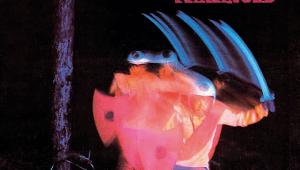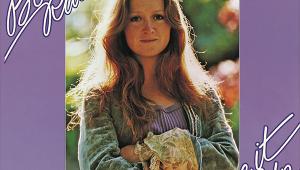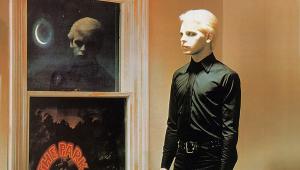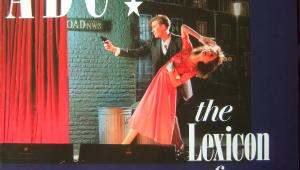U2: The Joshua Tree Production Notes
For The Joshua Tree, U2 were keen to avoid the sterile environment of a commercial recording studio. They had recorded The Unforgettable Fire at Slane Castle, outside Dublin, and this time they rented Danesmoate, a Georgian mansion in Rathfarnham.
![]()
Daniel Lanois recalls that the predominant sound of the album was largely down to the loudness and the low midrange response of one particular room where the sessions were being recorded. A set of doors was removed and a glass panel installed to separate it from a temporary control room.
Preliminary work began at the mansion in January 1986, the group bringing in bags full of soundcheck and rehearsal tapes with a view to working up the material into demos. Recording sessions began in earnest in the August of that year, alternating between Danesmoate and The Edge's new house at Monkston.
The two producers worked in shifts of a week or two with Mark 'Flood' Ellis as engineer duties. Lanois recalls that he would always mix a track once it had been recorded, to act as a reference. The final mixes by Steve Lillywhite were split between Monkston on an AMEK 2500 desk and Windmill Studios in Dublin on an SSl desk. The Joshua Tree was completed in January 1987.
Lanois recalls that the band had improved as musicians since The Unforgettable Fire and initially, progress was swift. But 'Where The Streets Have No Name' was a problem track. They worked on it for so long that Eno thought they had made the song worse than it was originally, then better, then worse again. Eno thought it would be easier to start from scratch and even planned to stage an 'accident' to erase the tape, but ultimately couldn't go through with it.
















































